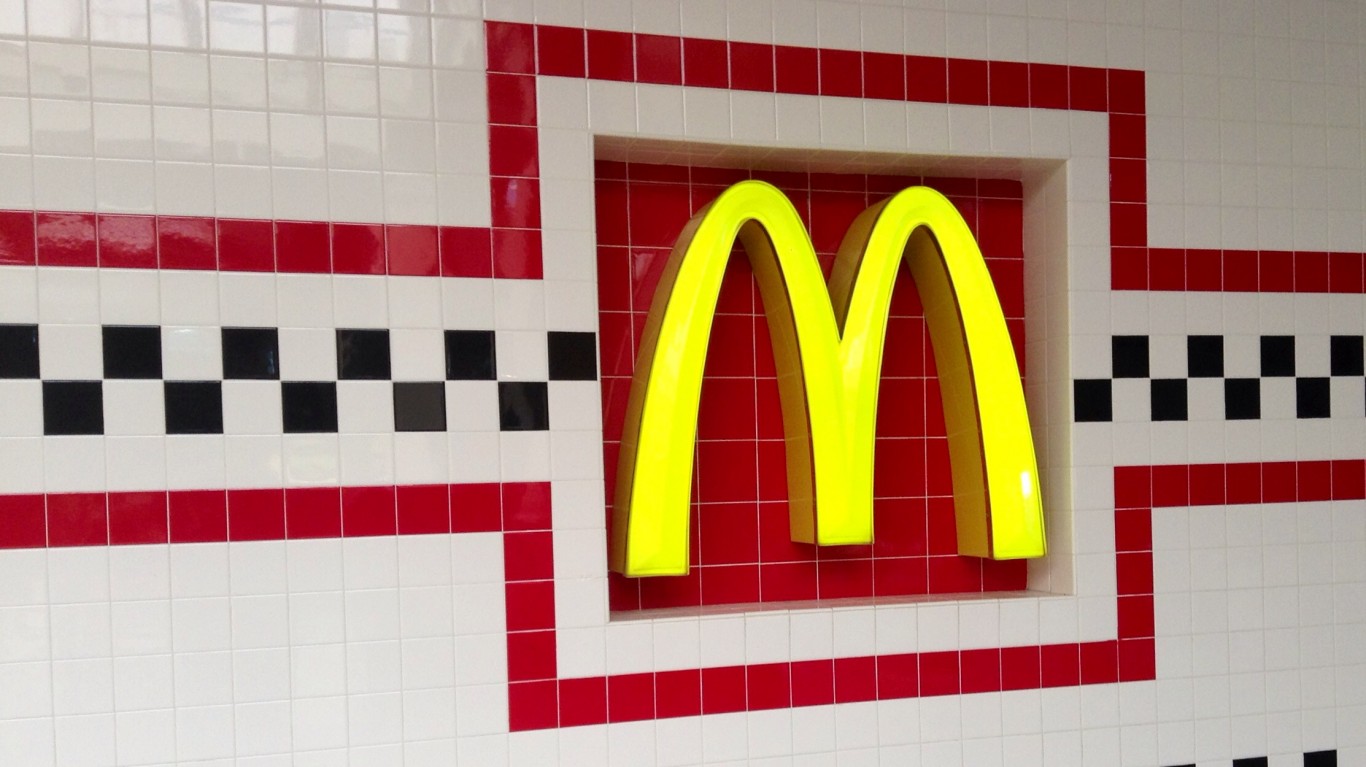
It seems as if certain foods and drinks have been around forever, and always will be: Coca-Cola, Kellogg’s Corn Flakes, Heinz Ketchup, McDonald’s hamburgers, Oscar Mayer wieners. But for every household staple, there’s a veritable graveyard out there of ones that, for a wide variety of reasons, simply didn’t make the cut and have been relegated to the waste bin of history.
Even if millions of dollars are spent on research and development, production, testing, and marketing, there’s no guarantee that a new product is going to succeed. Sometimes it’s a brand extension that just doesn’t make sense. Sometimes the public isn’t sufficiently educated as to what the product is. Sometimes it doesn’t work as intended, or simply doesn’t taste very good. Sometimes there’s just too much competition. Sometimes, it simply doesn’t sell and nobody really knows why. Sometimes it arrives at the tail end of a dying trend. (To that point, these are bacon-flavored foods the world really doesn’t need.)
If you were to travel back in time and take a trip to the grocery store or fast-food chain, we bet you’d find a lot more products that have been discontinued than you’d expect. Hundreds of products come and go every year, and companies spend a lot of money hoping for one that really catches on. Some discontinued products, like Butterfinger BB’s and Jell-O Pudding Pops, continue to hold a special place in our hearts. But the vast majority of them quickly fade from memory. (These are 40 popular discontinued snack foods we really miss.)
To determine the biggest food and drink flops in recent history, 24/7 Tempo reviewed lists of failed products on a variety of sites, including Reader’s Digest, The Daily Meal, Business Insider, The Recipe, Delish, and Financial Post.
Click here to see the biggest food and drink flops in recent history
Most of them never made much of a splash, and some didn’t even make it out of test markets. They were introduced, failed to sell, and were pulled from shelves, all with little fanfare. But some new products were so hyped, and failed so spectacularly that we can’t help but feel a little bit of schadenfreude.
Reddi-Bacon
> Brand: Conagra
> Year introduced: 1964
> Year discontinued: 1964 (?)
Introduced in 1964 by Reddi-Wip (the folks best known for whipped cream in a pressurized gas container), Reddi-Bacon probably sounded great on paper: precooked bacon strips wrapped in foil along with an absorbent paper pad, ready to be dropped in the toaster and heated to crispy in only 90 seconds. One thing they didn’t take into account? Grease leaking out of the packets and into toasters, causing a big mess (not to mention a fire hazard). It never made its way out of the test markets.
[in-text-ad]

Flower-flavored Pez
> Brand: Pez
> Year introduced: 1968
> Year discontinued: Unknown
In 1968, Pez decided to (literally) jump on the flower power bandwagon and introduced a line of blossom-flavored Pez. These floral candies were paired up with dispensers that were downright psychedelic, including ones that looked like black hands holding giant eyeballs. The timing was right, but these never really caught on with the kids.

Singles
> Brand: Gerber
> Year introduced: 1974
> Year discontinued: Unknown
You know who loves baby food? Babies. Eating puréed food right out of a jar isn’t really for adults, but Gerber thought they’d give it a go back in the ’70s, when they introduced Gerber Singles. Intended to serve as an easy meal for college students and other “single” folks, these were basically the same as baby food, except they came in flavors including Beef Burgundy and Chicken Madeira. Needless to say, they didn’t take off.
McDLT
> Brand: McDonald’s
> Year introduced: 1984
> Year discontinued: 1990
When you’re biting into a cheeseburger with lettuce and tomato, you generally want the meat and cheese to be hot and the veggies to be cool. McDonald’s came up with an ingenious way to achieve this when they introduced the McDLT in 1984: serve the burger in a double-sided styrofoam container in order to “ââkeep the hot side hot, and the cool side cool.” It worked for a time, but there were a couple fatal errors: One, each burger resulted in double the amount of styrofoam ending up in landfills; two, they required use of a special heating-cooling machine that many franchises didn’t bother acquiring. The experiment officially ended in 1990, and today the same burger is served pre-assembled as the Big N’ Tasty.
[in-text-ad-2]
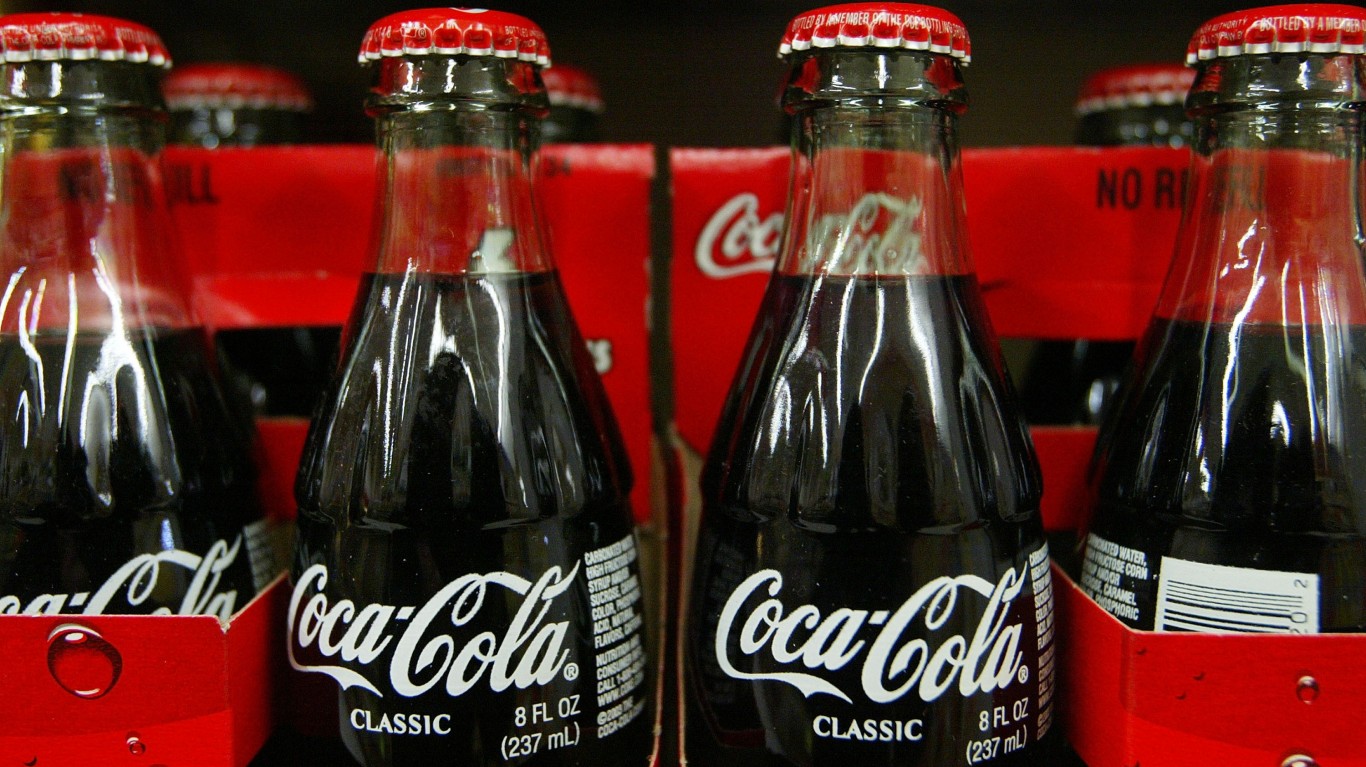
New Coke
> Brand: Coca-Cola
> Year introduced: 1985
> Year discontinued: 1985
Few failed foods and drinks become downright iconic, but the introduction of New Coke was such a colossal error that it’s gone down in as the Edsel of the soft drink industry â or at least a cautionary tale against tampering with a beloved brand. After blind taste tests revealed that many people preferred the sweeter taste of Pepsi to that of Coca-Cola, Coke executives decided to take drastic action and reformulate their 99-year-old recipe. They introduced New Coke in April 1985, and it was met with such an uproar that they backtracked three months later, re-introducing the original formula as Coca-Cola Classic.

Chiquita Frozen Juice Bars
> Brand: Chiquita Brands
> Year introduced: 1987
> Year discontinued: Unknown
When we think of Chiquita, we think of bananas, and not much else. That’s a bit of a problem for Chiquita, so in 1987 they tried out a brand extension: frozen juice bars. It may have been a good idea, but the product simply failed to sell. The experiment reportedly cost the company more than $30 million.
[in-text-ad]
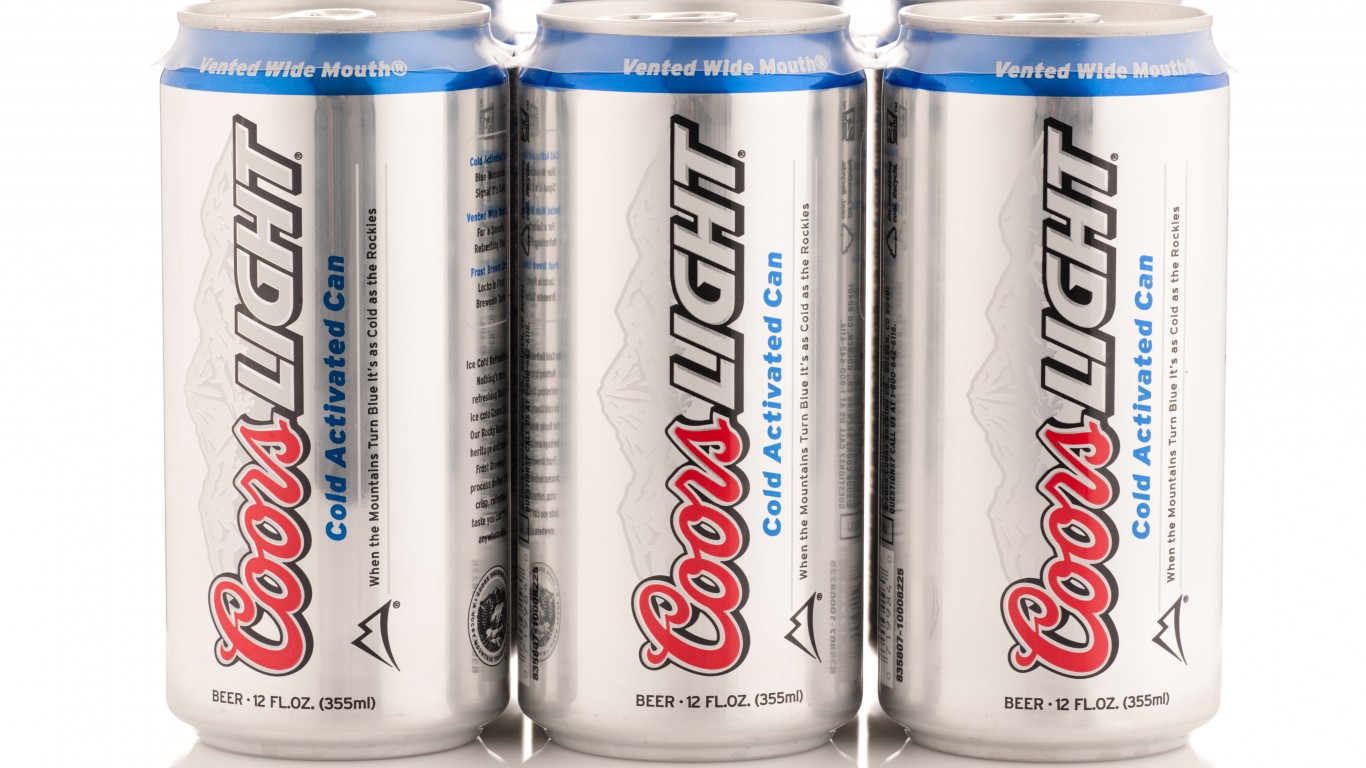
Rocky Mountain Sparkling Water
> Brand: Coors
> Year introduced: 1990
> Year discontinued: 1997
Coors famously makes their beer with Rocky Mountain spring water, so in 1990, in order to take advantage of the booming bottled water market, the beer company decided to bottle and sell sparkling water in original, lemon-lime, and cherry flavors. Unfortunately, the Coors logo was still front-and-center on the label, which led to some confusion about what was actually in the bottle. It held on for seven years, but never flooded the market.
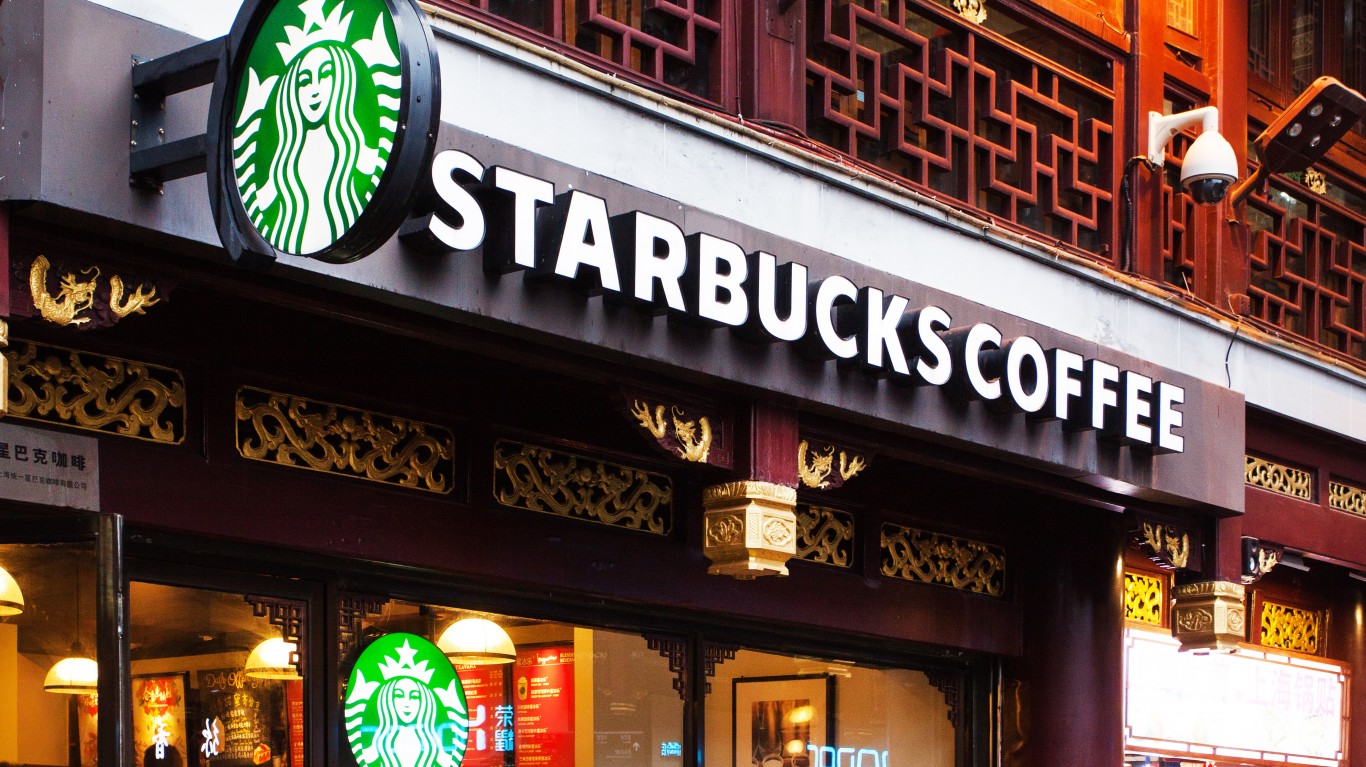
Mazagran
> Brand: Starbucks and PepsiCo
> Year introduced: 1994
> Year discontinued: 1995
Back in 1994, Starbucks partnered up with Pepsi to sell a bottled coffee-flavored soda in grocery stores. Called Mazagran (named after a French Foreign Legion posted in Algeria in the nineteenth century), it was such a niche product, and so polarizing that many people who tried it once didn’t bother to come back for more. The following year, the companies regrouped and replaced the product with a bottled version of a new coffee drink that was selling like hotcakes: Frappuccino.

Life Savers soft drinks
> Brand: Life Savers
> Year introduced: 1995
> Year discontinued: Unknown
We all know Life Savers as the candy with the hole in the middle, and not necessarily anything else. The company decided to try to change that in the mid-’90s, by introducing a line of soft drinks with signature Life Savers fruit flavors. Even though they tested well, they simply failed to sell once they hit the shelves. The reasons for its failure were a bit of a mystery, but a crowded market and the candy’s association with loads of sugar most likely played a role.
[in-text-ad-2]

Arch Deluxe
> Brand: McDonald’s
> Year introduced: 1996
> Year discontinued: 2000
McDonald’s had become so closely associated with children by the 1990s that the company decided to introduce what they considered to be a “grown-up” burger: a quarter-pound patty topped with American cheese, lettuce, tomato, onions, a circular piece of peppered bacon, ketchup, and a mayo-mustard sauce on a potato bun. McDonald’s reportedly spent a whopping $300 million on research, production, and marketing, but customers weren’t lovin’ it. The Arch Deluxe is today considered one of the most expensive food flops of all time.
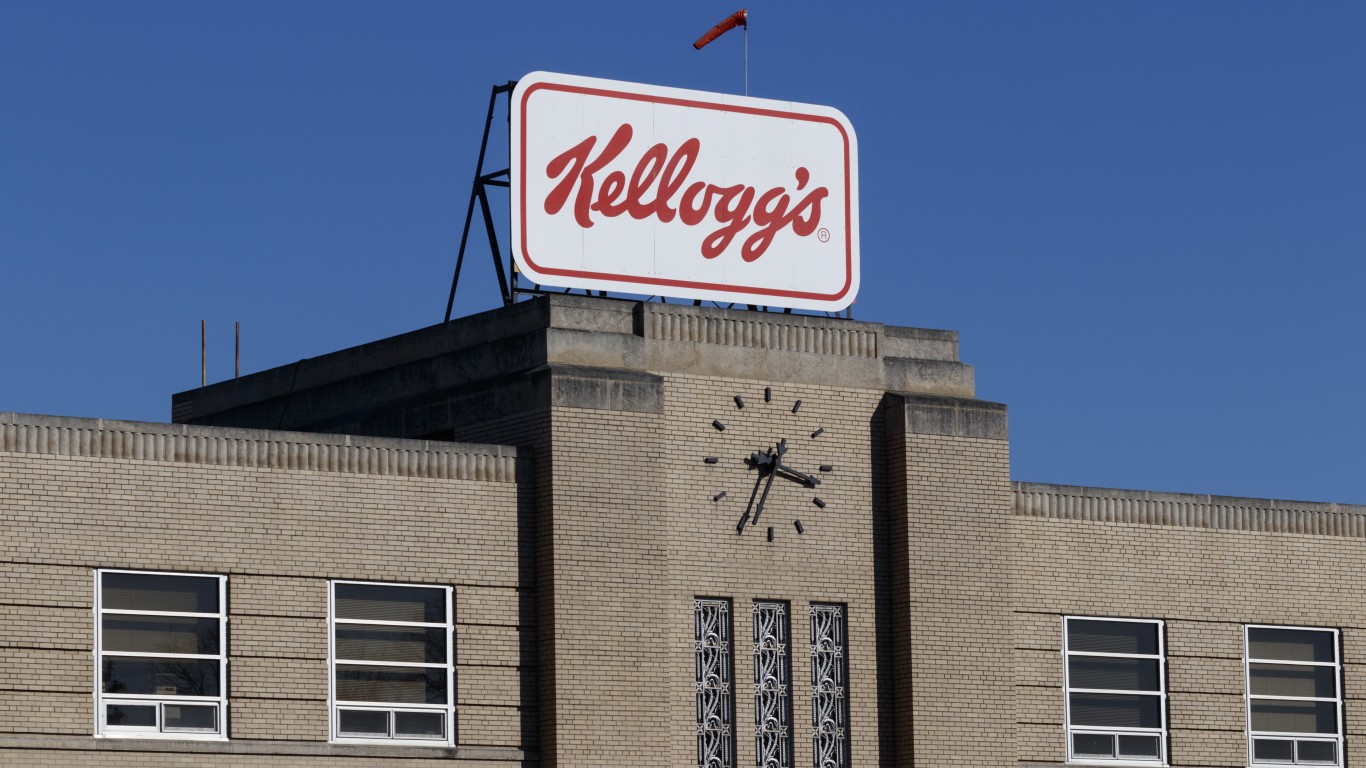
Breakfast Mates
> Brand: Kellogg’s
> Year introduced: 1998
> Year discontinued: 1999
Convenience may be king, but only to a point. Kellogg’s must have thought that they were really onto something in 1998 when they introduced Breakfast Mates, a self-contained kit that included cereal that could be eaten right from the package, along with a disposable spoon and a little container of shelf-stable milk. It turned out that people didn’t actually mind preparing themselves a bowl of cereal the old-fashioned way, and the whole concept of milk that didn’t need to be refrigerated was a little unsettling. Breakfast Mates stuck around for a year before being kicked to the curb.
[in-text-ad]
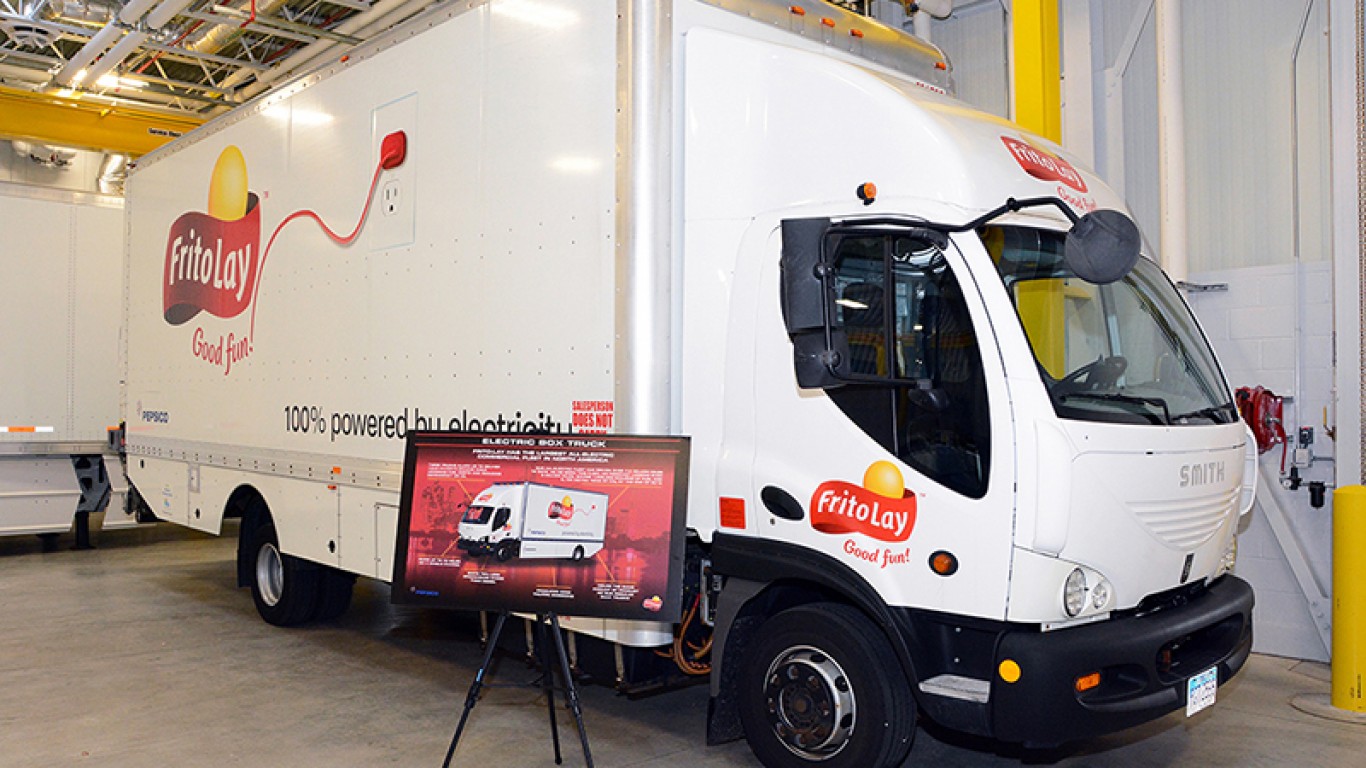
WOW! Chips
> Brand: Frito-Lay
> Year introduced: 1998
> Year discontinued: 2000 (?)
If you ever ate Lay’s WOW! Chips, which were introduced in 1998, then you probably already know why they were discontinued a scant two years later. These chips almost seemed too good to be true: By frying the chips in a fat substitute called Olestra instead of regular oil, the fat wasn’t absorbed by the body, essentially rendering the chips fat-free. The WOW! Chips (sold under the Lay’s, Ruffles, Doritos, and Tostitos brands) sold extremely well the first year, but they came with, shall we say, some uncomfortable side effects, including abdominal cramping, and diarrhea. Oh well.

Cosmopolitan Yogurt
> Brand: Cosmopolitan magazine
> Year introduced: 1999
> Year discontinued: 2001
Another example of a brand extension that just didn’t make sense, in 1999 Cosmopolitan magazine for some reason decided to get into the yogurt business. Aimed at women aged 15 to 44 and intended to expand the brand into the booming health food sector, the Cosmo-branded yogurts joined Cosmo-branded clothing, linens, eyewear, and watches in an effort to make the magazine a full-on lifestyle brand. The line of low-fat yogurts never sold very well, and were pulled from shelves in 2001.
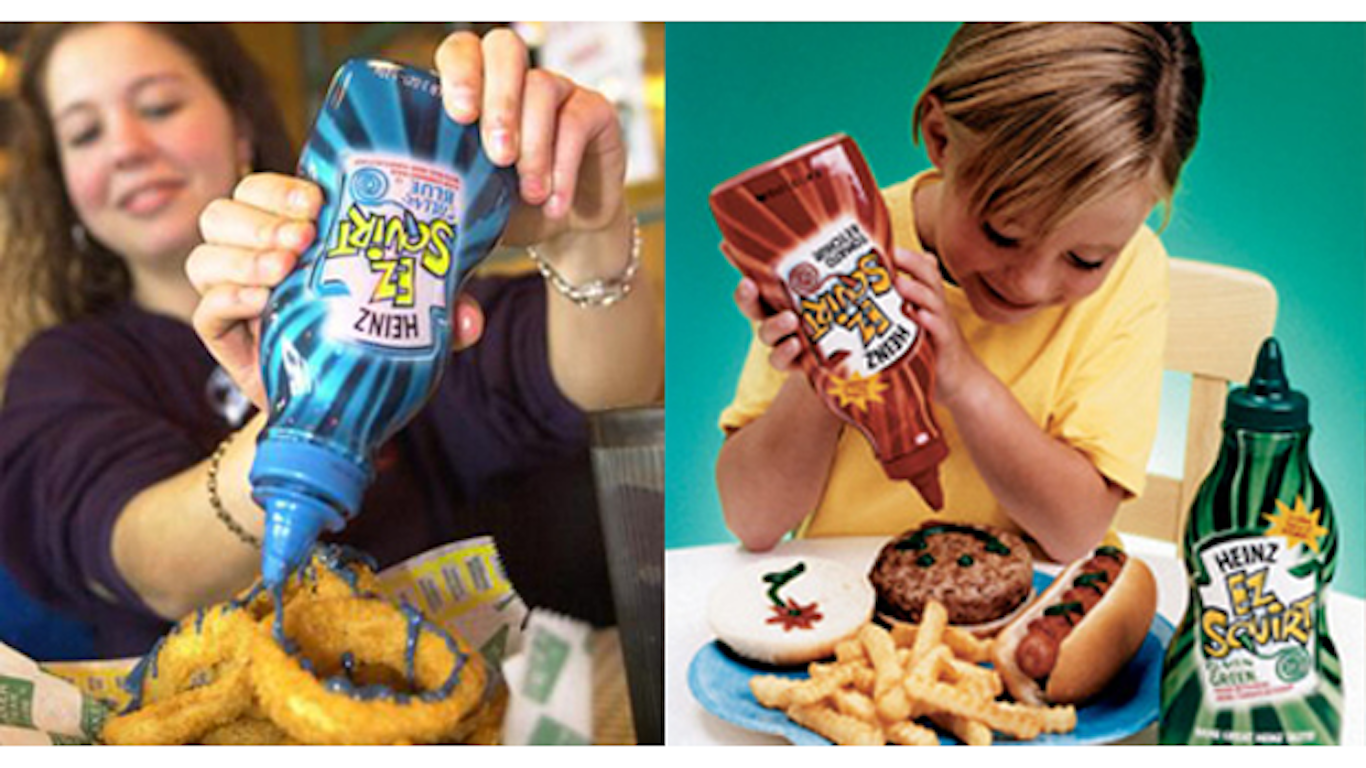
EZ Squirt ketchup
> Brand: Heinz
> Year introduced: 2000
> Year discontinued: 2006
In the world of condiments, there are three inalienable truths: mustard is yellow, mayo is white, and ketchup is red. Heinz decided to put this to the test in 2000 when they launched EZ Squirt ketchup, which came in colors including green, purple, pink, orange, teal, and blue. It was certainly fun to eat, and kids couldn’t get enough of it, but adults wouldn’t go anywhere near it. Six years later, it was but a Technicolor memory.
[in-text-ad-2]

Funky Fries
> Brand: Ore-Ida
> Year introduced: 2002
> Year discontinued: 2003
For a brief, shining moment in the early aughts, it was possible to eat a blue French fry with green ketchup. We have Heinz EZ Squirt to thank for the ketchup, and for the fries we can thank Ore-Ida, which launched Funky Fries in 2003. These fries were indeed funky; along with blue fries, the lineup also included fries that were chocolate-flavored and cinnamon-flavored. But fries are already the perfect food, and after a year of pumping marketing dollars into the product, the company discontinued it in 2003.
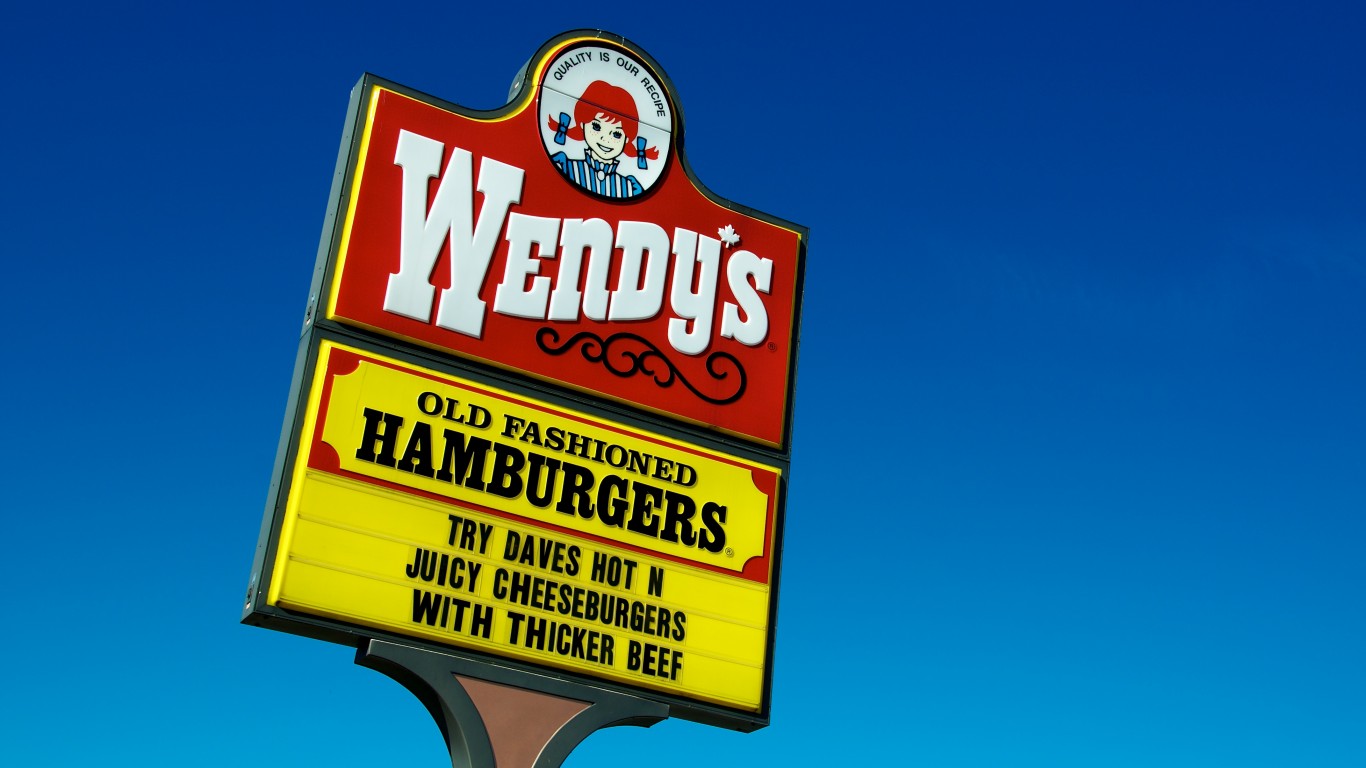
Frescata Sandwiches
> Brand: Wendy’s
> Year introduced: 2006
> Year discontinued: 2007
By the mid-2000s, deli sandwich chains like Subway had begun to pull a sizable market share away from burger chains like Wendy’s. So in 2006, Wendy’s decided to do something about it; they added a lineup of deli sandwiches made with “high-quality meats and distinctive sauces, served on artisan bread.” These sandwiches, dubbed Frescatas, came in varieties including Club, Roasted Turkey and Basil Pesto, Black Forest Ham & Swiss, and Roasted Turkey and Swiss. They were priced at a low $3.49 and heavily marketed, but the concept simply didn’t pan out. The primary reason? Chains like Subway are set up specifically to make sandwiches, but Wendy’s wasn’t, and consistency suffered as a result. They were discontinued the following year.
[in-text-ad]
Coca-Cola BlāK
> Brand: Coca-Cola
> Year introduced: 2006
> Year discontinued: 2008
Remember Coca-Cola BlāK? Us neither. This short-lived offering was a coffee-flavored soft drink introduced in the U.S. in 2006 after successful European rollouts, in a stylish black bottle shaped like an old-fashioned coke bottle. But as Coke probably should have remembered from Starbucks’ and Pepsi’s failed Mazagran, coffee-flavored soda isn’t exactly a highly sought-after product, and it skipped town two years later.
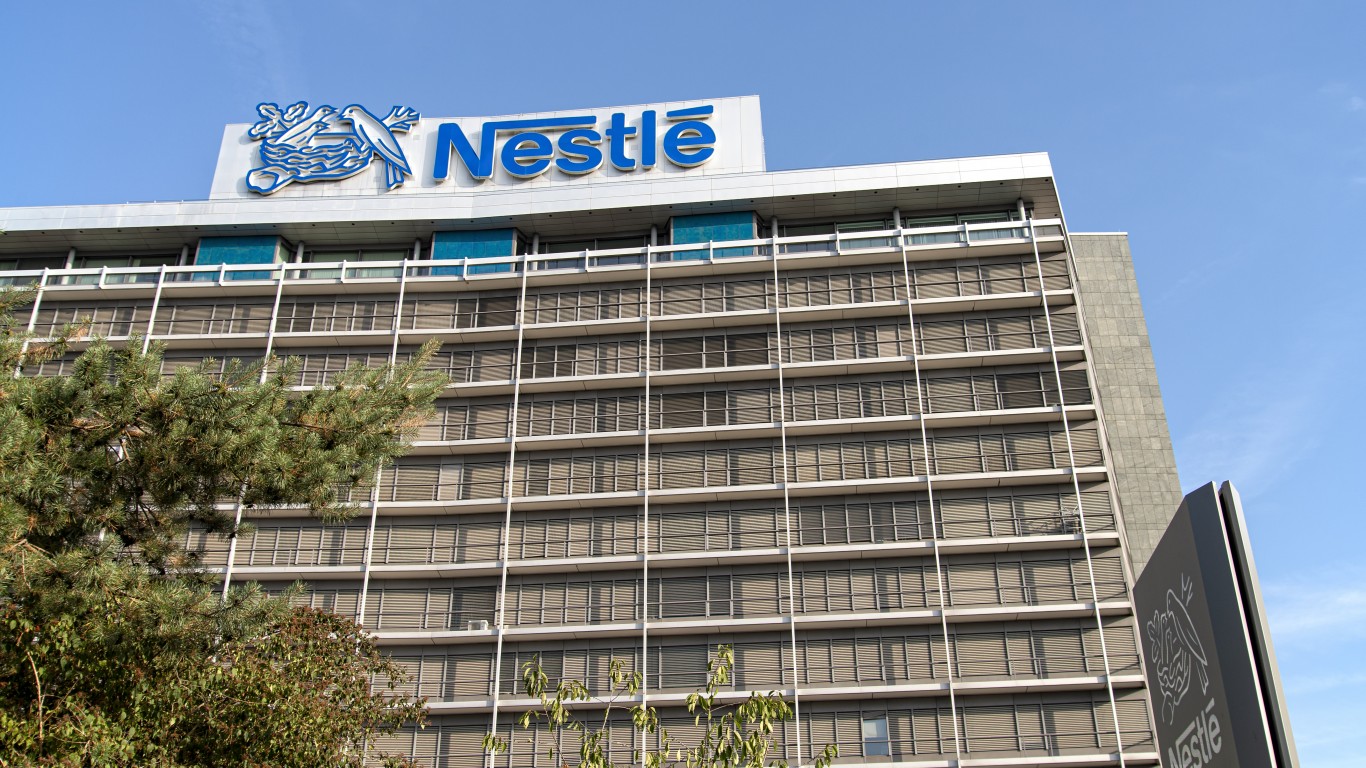
Glowelle
> Brand: Nestlé
> Year introduced: 2008
> Year discontinued: 2011
In 2008, Nestlé decided to get into the beauty drink game and introduced Glowelle, a fortified water that contained vitamins, phtyo-nutrients, and antioxidants and was intended to hydrate skin and tackle signs of aging and damage caused by free radicals. Half beverage, half dietary supplement, it never caught on and was discontinued in 2011.
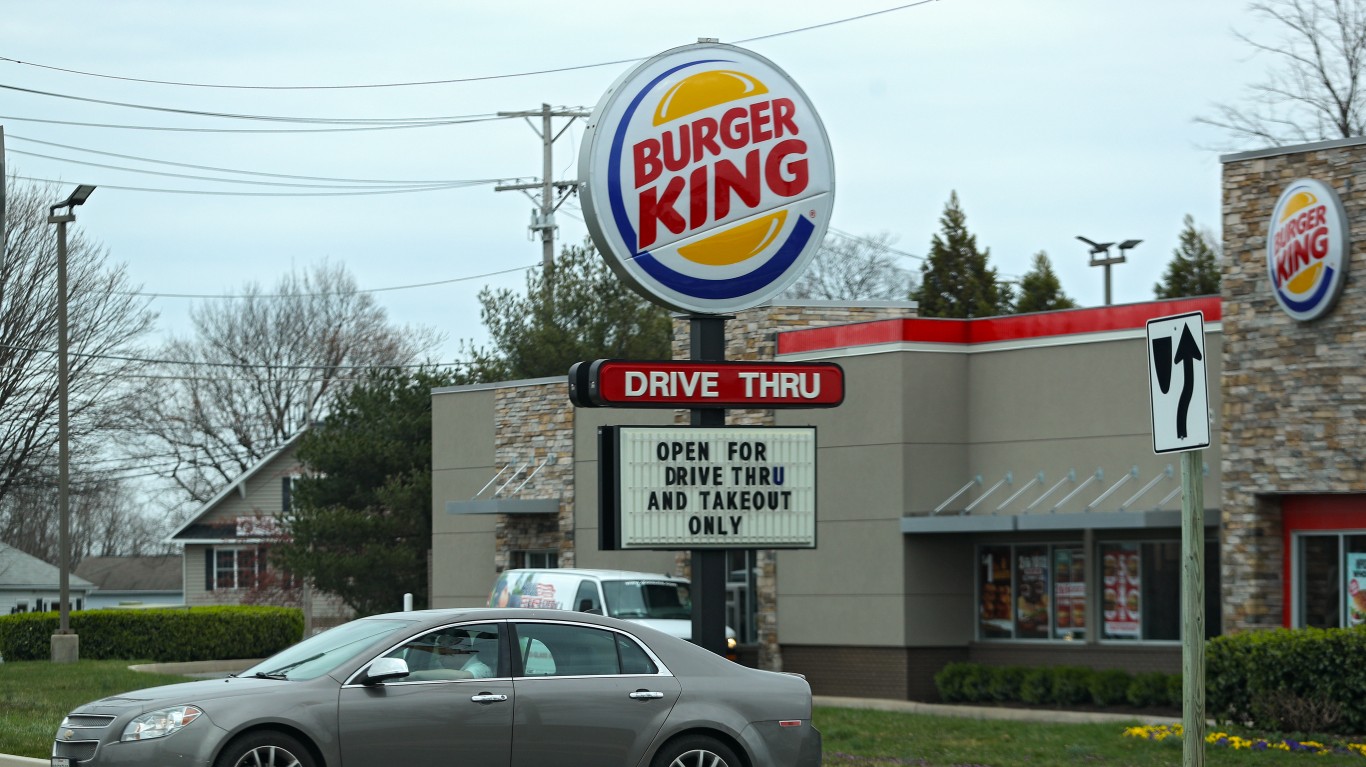
Satisfries
> Brand: Burger King
> Year introduced: 2013
> Year discontinued: 2014
In 2013, with great fanfare, Burger King launched Satisfries, a line of “healthier” French fries; a pre-fry coating of a less-porous batter absorbed less oil during frying, resulting in a lower-calorie fry. Unfortunately, this was never really successfully communicated to consumers, and they were more expensive than BK’s regular fries. Those factors, plus the simple fact that fries were never intended to be healthy, doomed the product, and it only lasted a year.
[in-text-ad-2]
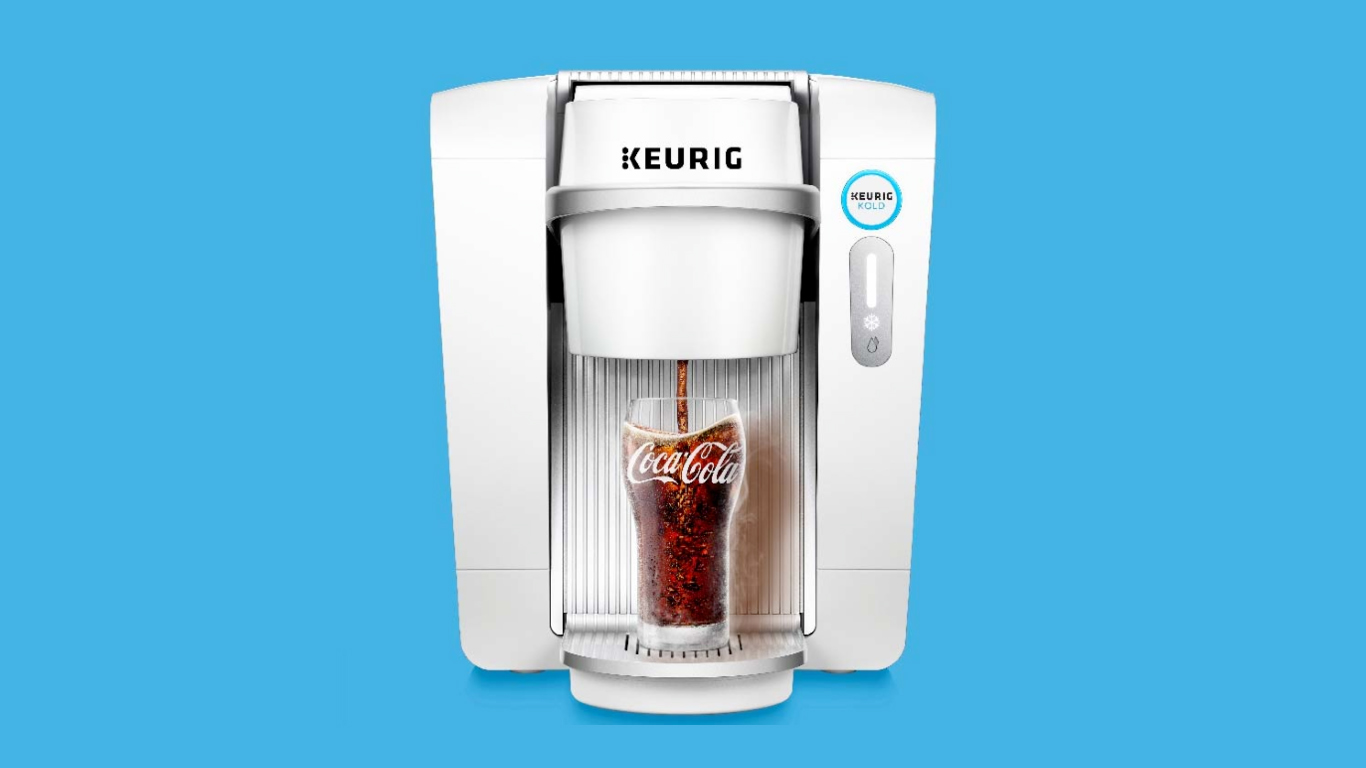
Keurig KOLD
> Brand: Keurig
> Year introduced: 2016
> Year discontinued: 2016
Keurig became wildly successful for its single-serve coffee pods, and in 2016 they decided to replicate that formula into the world of soda. The result was Keurig KOLD, which made eight-ounce servings of soda from disposable syrup pods. Unfortunately, the product was doomed from the start. Both the machine and the pods were expensive ($369 and $4.99 per four-pack, respectively), the machine was incredibly bulky, it was very noisy, it took up to five hours to get cold after plugging in, the serving size was smaller than a soda can, and it didn’t always work, resulting in wasted pods. Add to that the fact that soda consumption has been declining for decades (and the fact that it’s not exactly difficult to just buy a can of soda), and you’ve got a recipe for disaster. The product stuck around for less than a year.
Are You Ahead, or Behind on Retirement?
If you’re one of the over 4 Million Americans set to retire this year, you may want to pay attention. Many people have worked their whole lives preparing to retire without ever knowing the answer to the most important question: am I ahead, or behind on my goals?
Don’t make the same mistake. It’s an easy question to answer. A quick conversation with a financial advisor can help you unpack your savings, spending, and goals for your money. With Zoe Financial’s free matching tool, you can connect with trusted financial advisors in minutes.
Why wait? Click here to get started today!
Thank you for reading! Have some feedback for us?
Contact the 24/7 Wall St. editorial team.
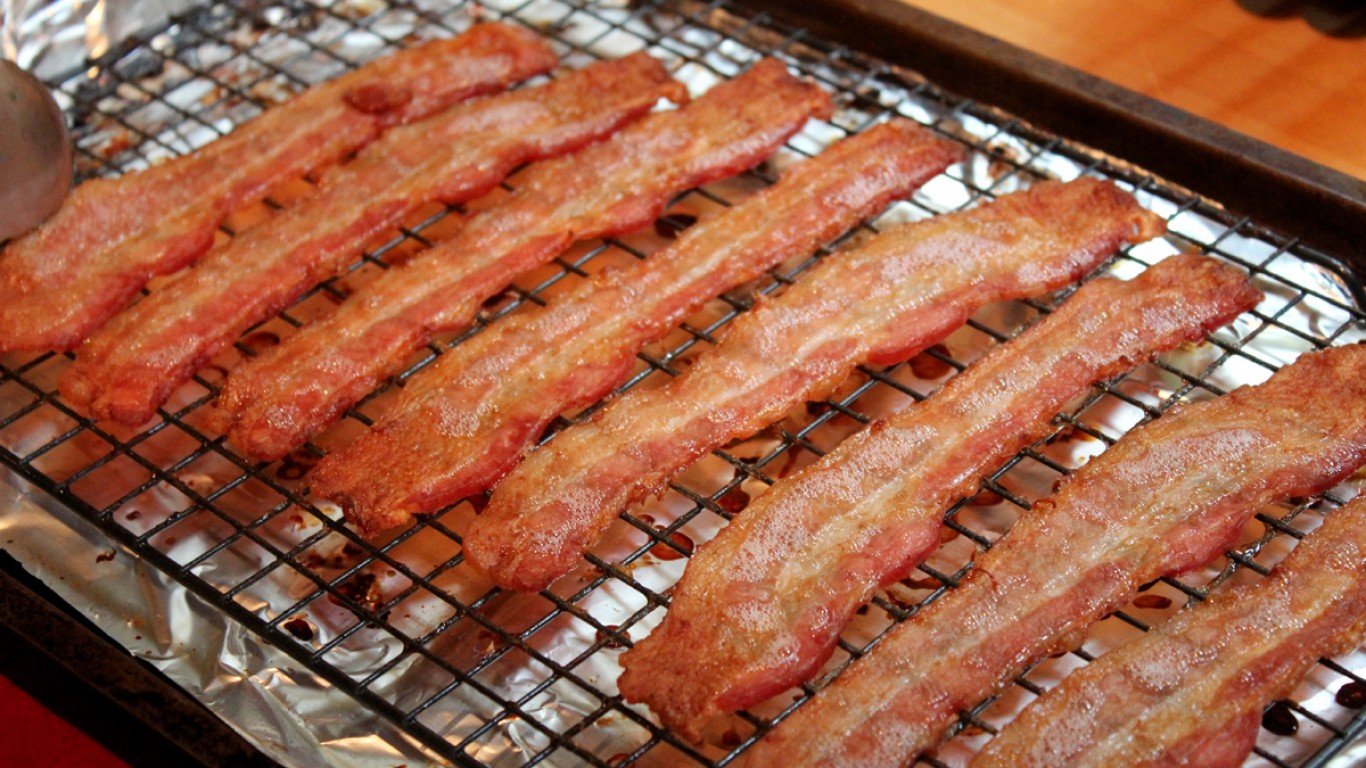
 24/7 Wall St.
24/7 Wall St.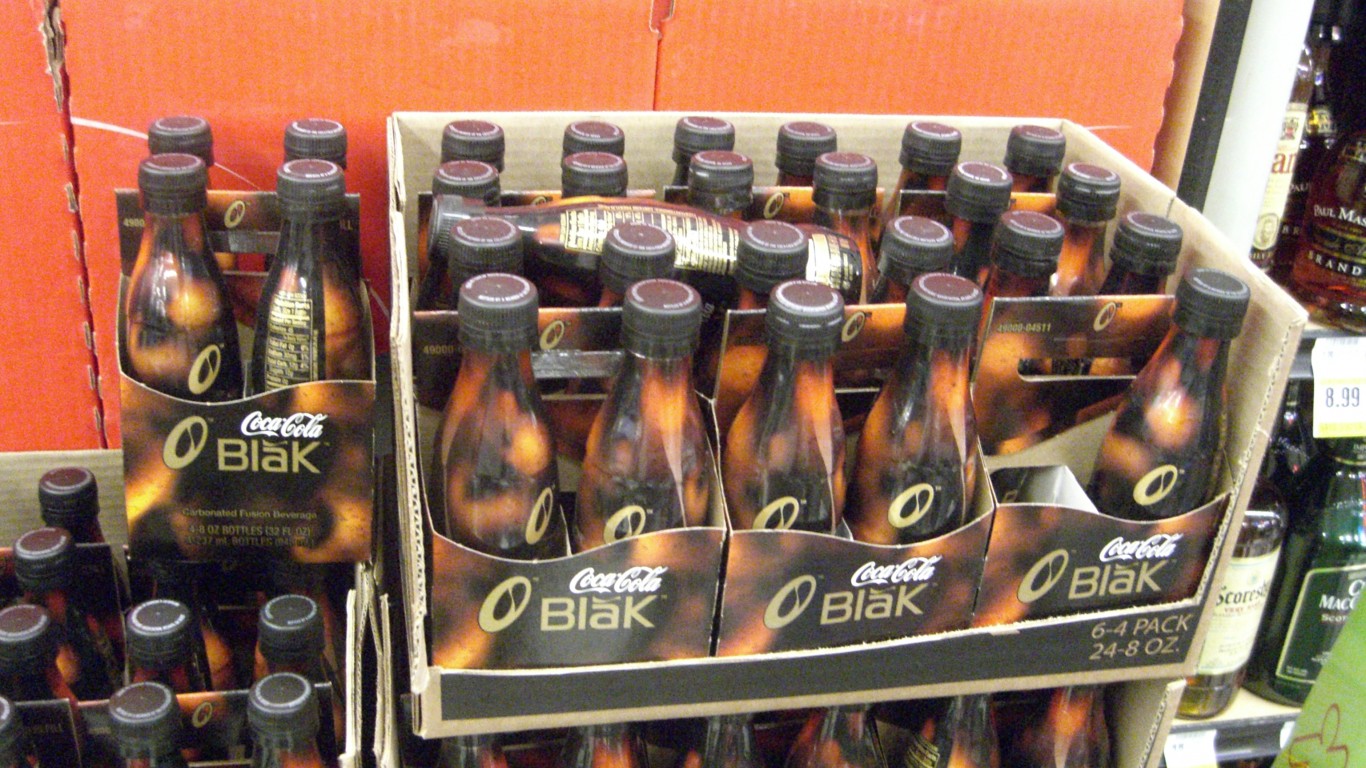
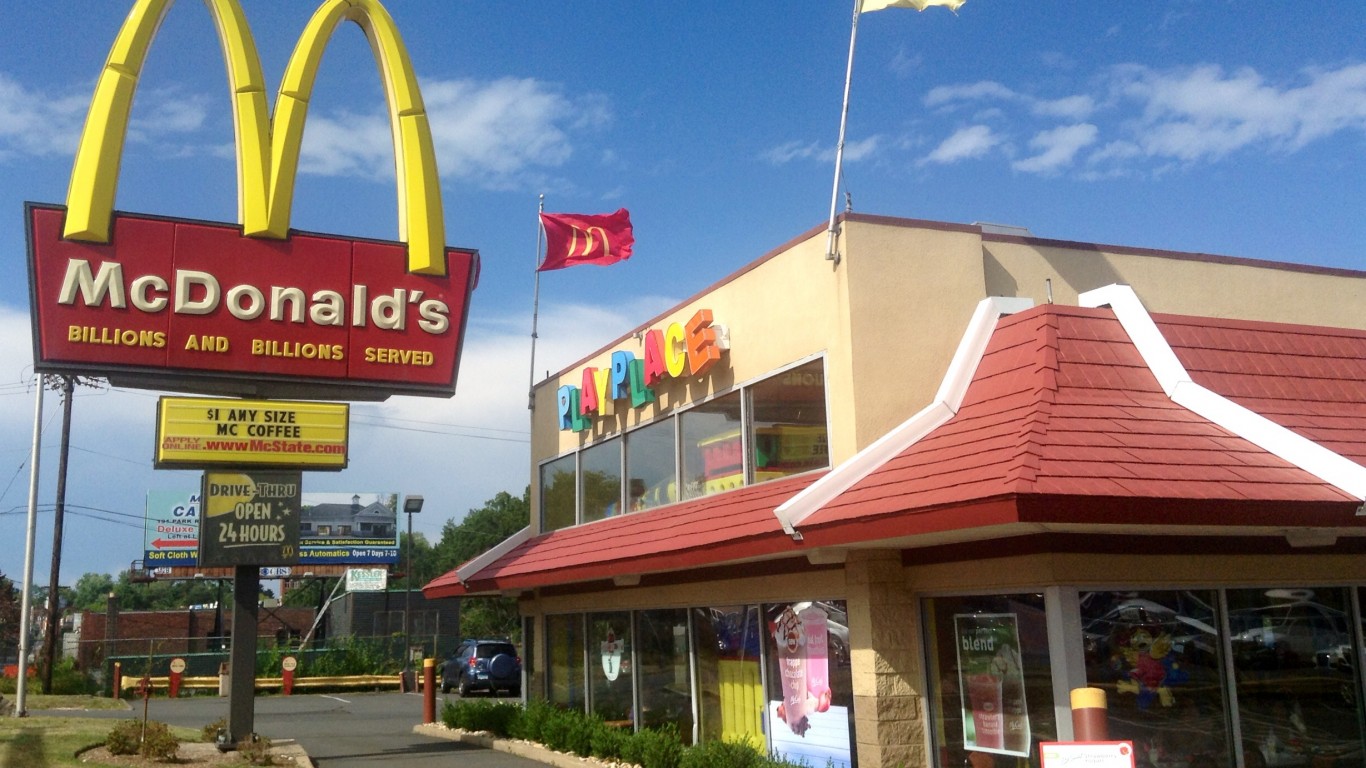 24/7 Wall St.
24/7 Wall St.

